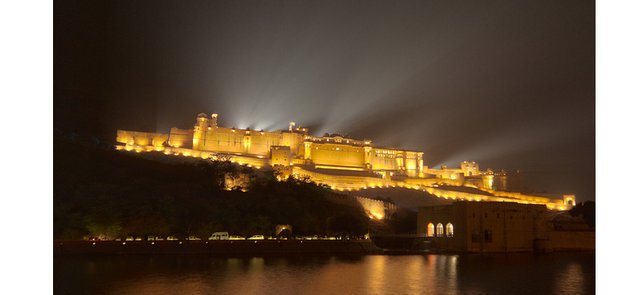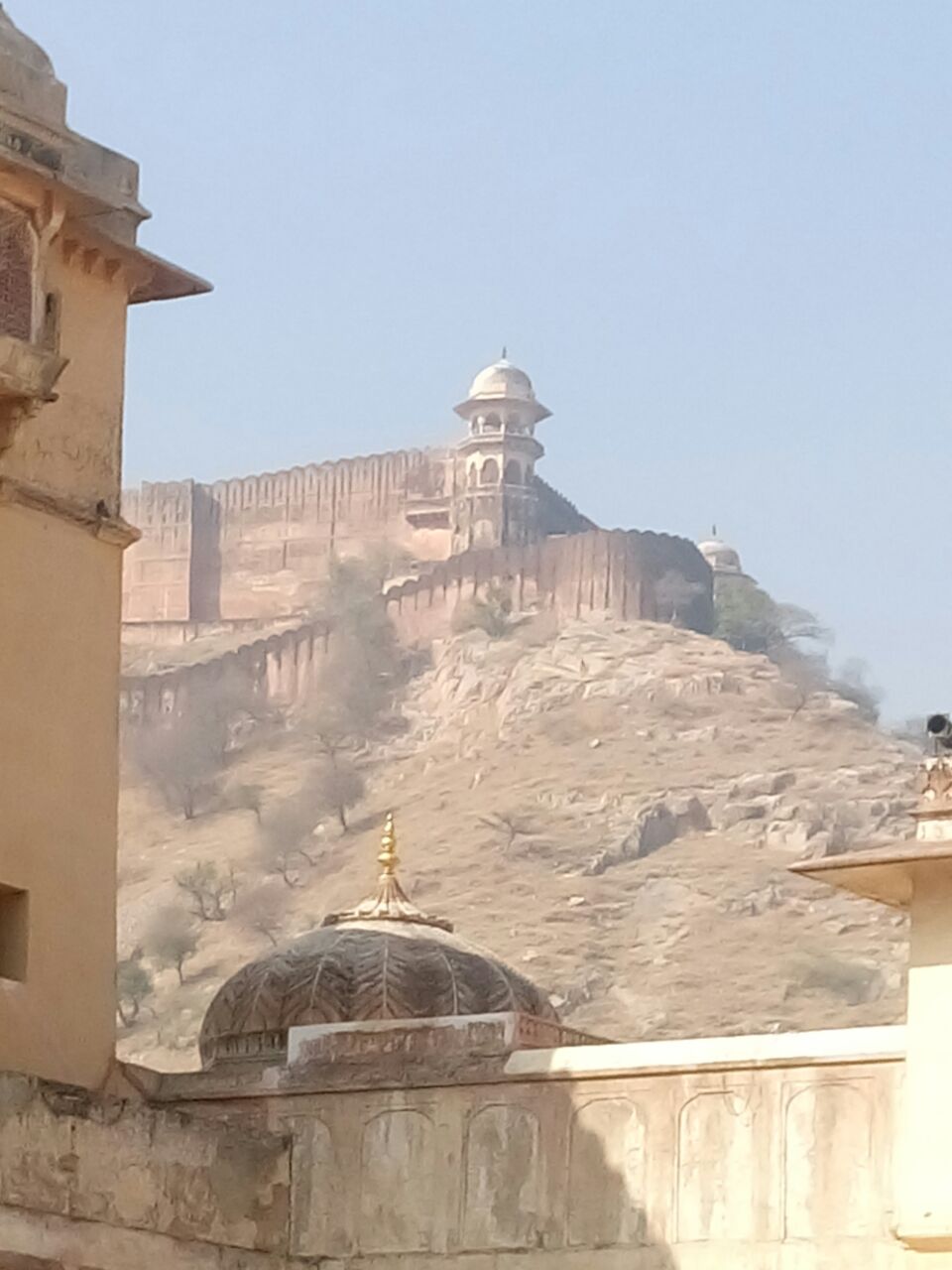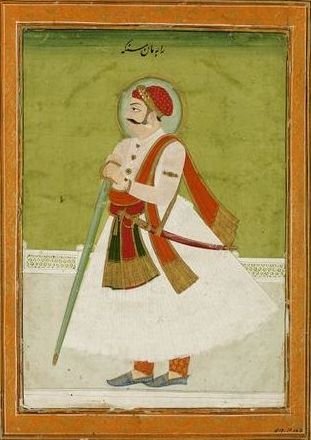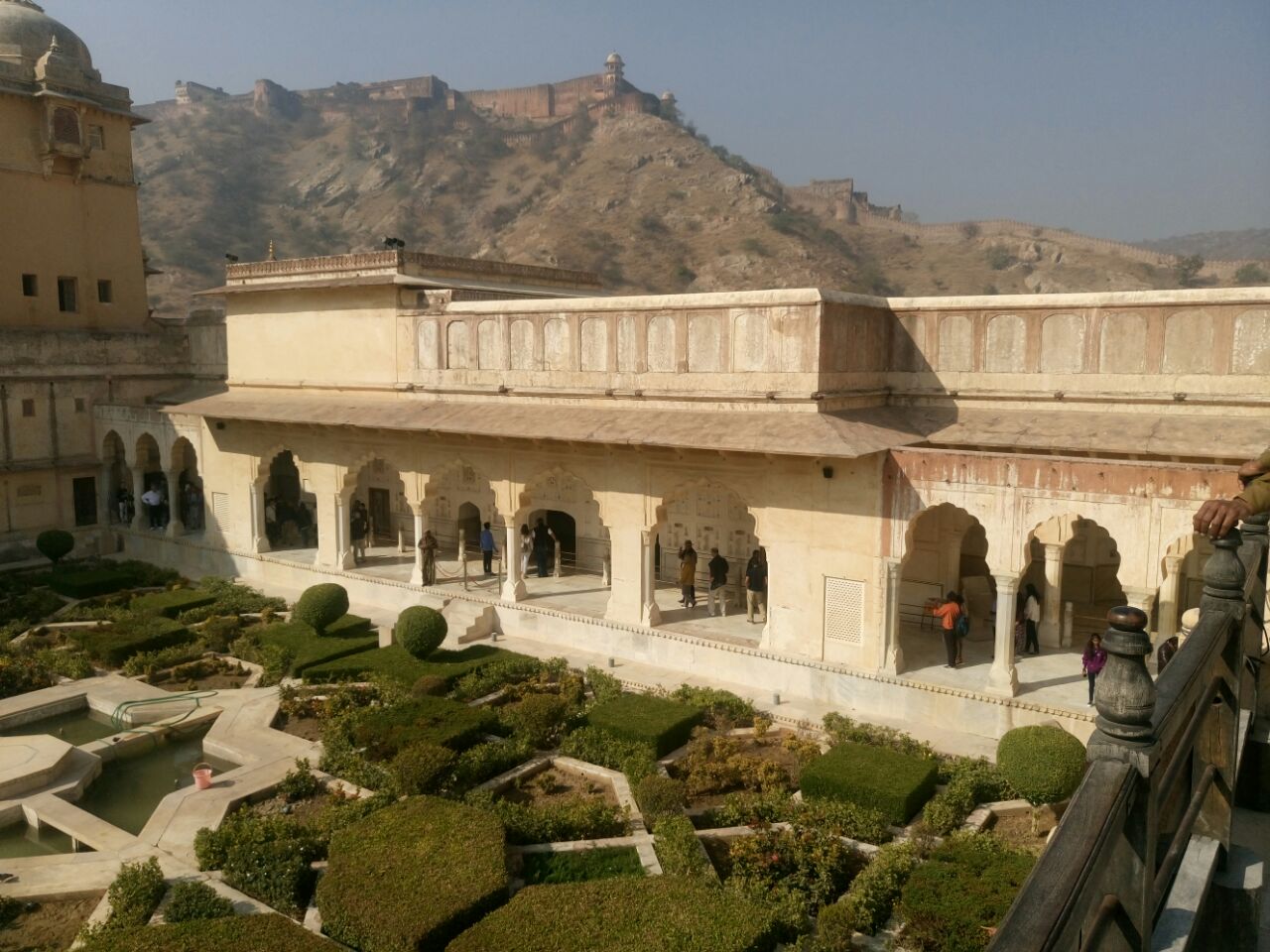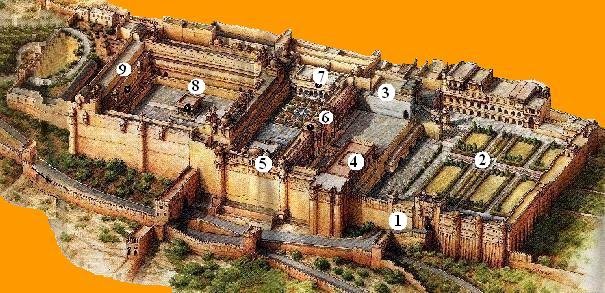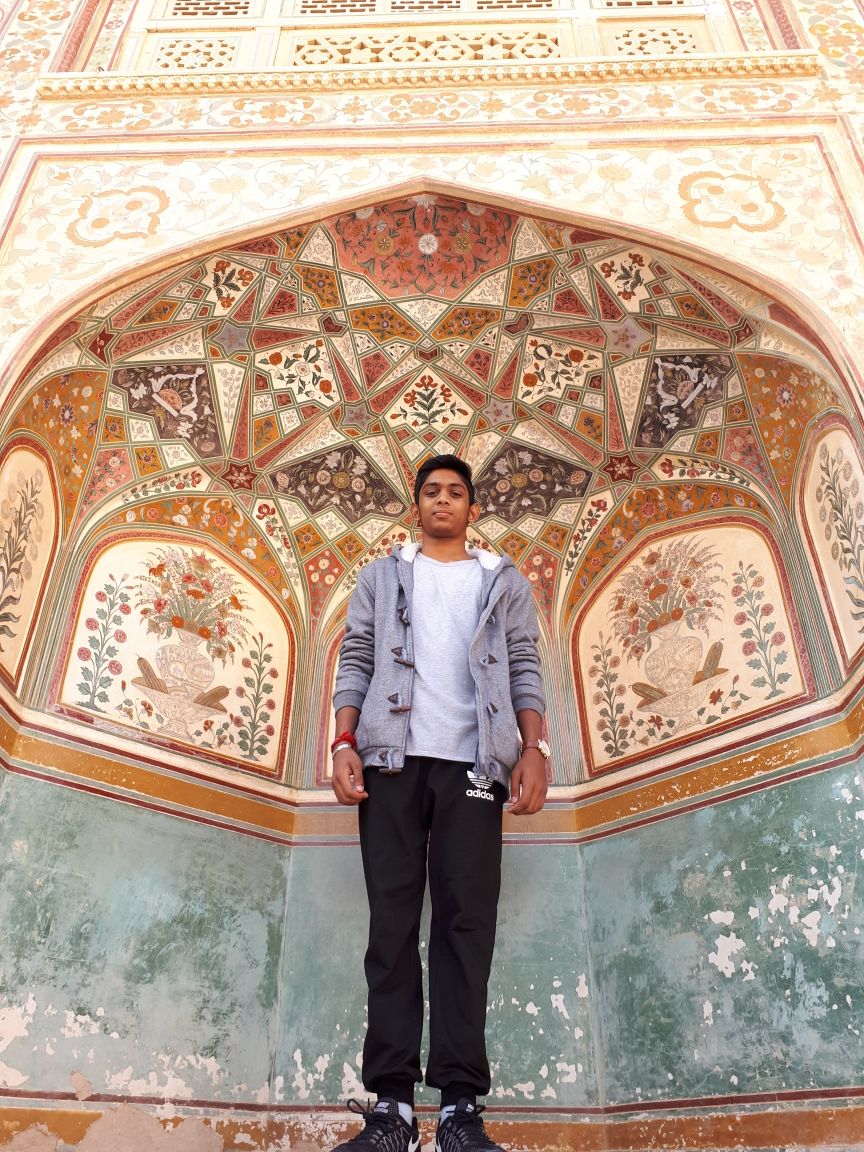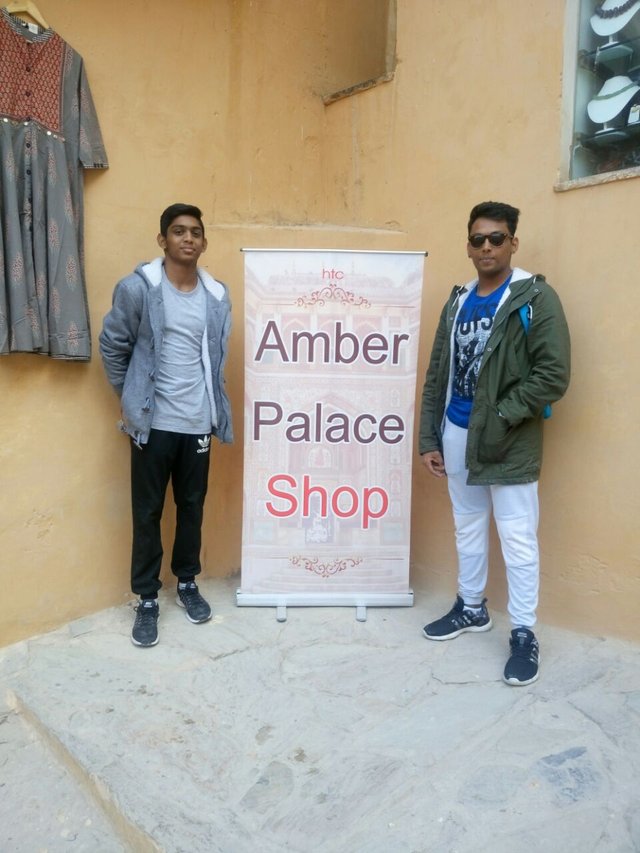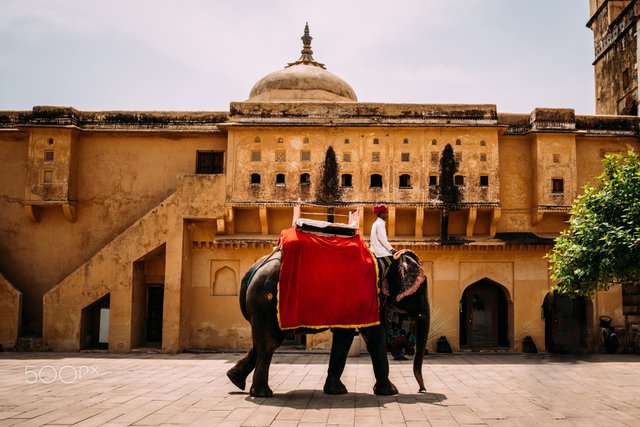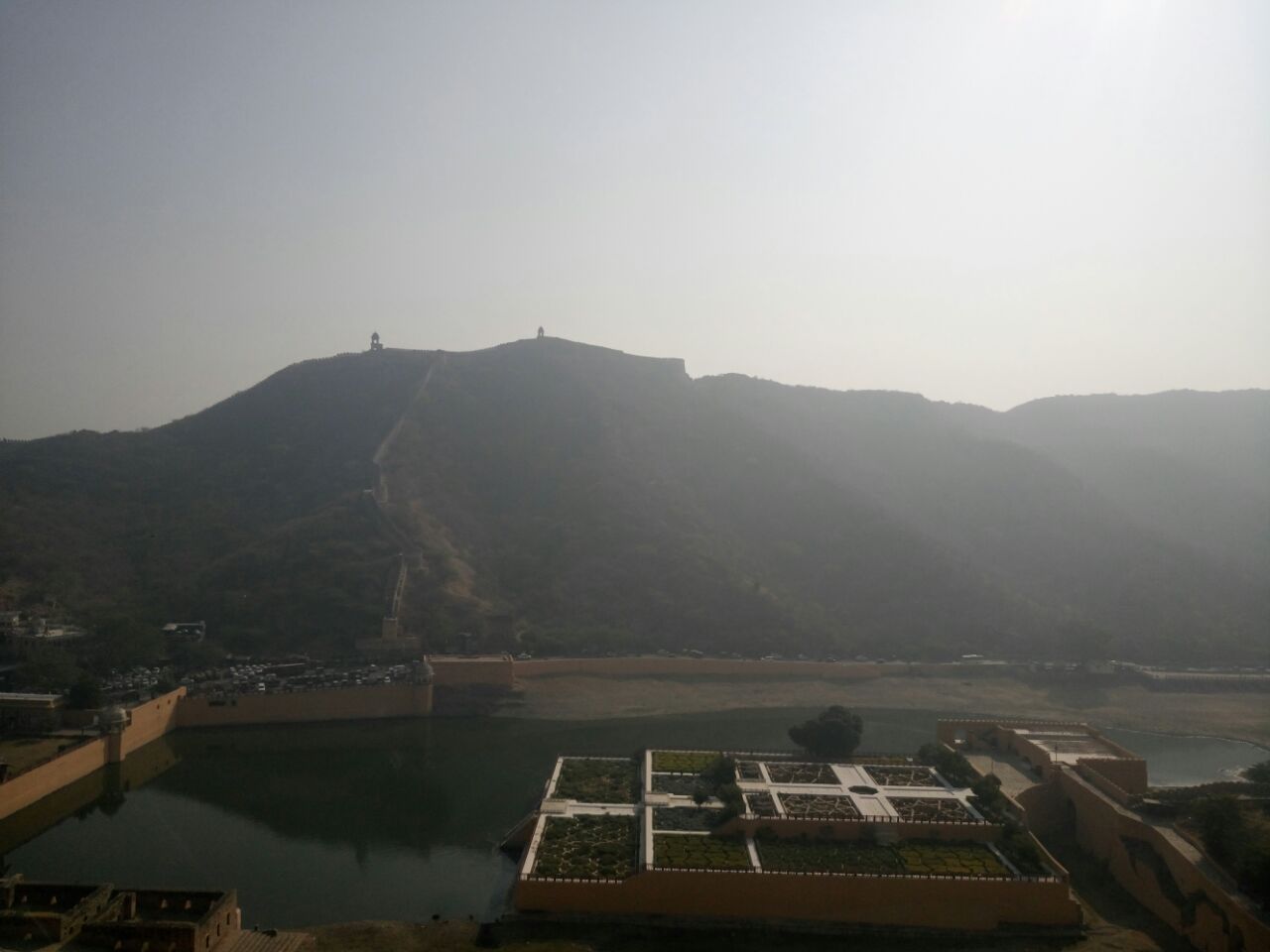AMBER FORT
AMBER FORT
INTRODUCTION TO THE AMBER FORT
Amber Fort is a fort located high up in the hills of Rajasthan, India. It is 11 kilometers away from the capital of Rajasthan which is Jaipur.
As it is located high up in the mountains, you have the opportunity to ride a massive female elephant. It is absolutely amazing as to how the elephants go up the hill, one behind each other and allows others to go past. There is a tremendous amount of history behind this fort. I am going to be sharing some of this history with you as I have fortunately had the opportunity to visit this historical monument.
HISTORY OF THE AMBER FORT
Amber was discovered by Raja Alan Singh, who was from the clan of Meenas, a ruler from the Chanda clan. The Amber Fort, as it is today, was built over the remains of this earlier structure under the power of of Raja Man Singh. The Amber Fort had improvements done to it by many different rulers over the next 150 years, until the Kachwahas shifted their capital to Jaipur during the time of Sawai Jai Singh II, in 1727. This region was known as Khogong.
The Meena King (Raja Ralun Singh) also known as Alan Singh Chanda of Khogong had decided on adopting a stranded Rajput mother and her child who wanted refuge in his home. Later, the king had sent the child, Dhola Rae, to Delhi to represent the Meena kingdom in a competiton. The Rajputs, in gratitude for these favours, returned with Rajput conspirers, the unarmed Meenas while performing rituals on Diwali, these rituals for example were Pitra Trapan, it is compulsory in the Meenas to be unarmed at the time of Pitra Trapan, and this is how the Rajputs defeated Khogong.This act of Kachwaha Rajputs was termed as most the coward and shameful in history of Rajasthan.- https://en.wikipedia.org/wiki/Amer_Fort
Most of the construction of Amber’s current buildings were being built under the command of Raja Man Singh I in the 1600s.
The current Amber Palace, was created in the late 16th century, as a larger palace to the already existing home of the rulers. The older palace, known as Kadimi Mahal is known to be the oldest surviving palace in India. This ancient palace sits in the valley behind the Amber Palace.
Many of the ancient structures of the medieval time of the Meenas have been either destroyed or replaced. However, the 16th century impressive edifice of the Amber Fort and the palace complex within it built by the Rajput Maharajas are very well preserved.
LAYOUT OF THE AMBER FORT
The Palace is divided into six separate sections, each with its own entry gate and courtyard. The main entry is through the Suraj Pol (Sun Gate) which leads to the first main courtyard. This was the place where armies would hold victory parades with their war bounty on their return from battles, which were also witnessed by the Royal family's women as they look through the windows. This gate was built exclusively and was protected with guards as it was the main entry into the palace. It faced east towards the rising sun, hence the name "Sun Gate". Royal family members and dignitaries entered the palace through this gate.
Jaleb Chowk is an Arabic phrase meaning a place for soldiers to assemble. This is one of the four courtyards of Amber Palace, which was built under the power of Sawai Jai Singh's. The Maharaja's personal bodyguards held parades here under the command of the army commander. The Maharaja used to check up on the guards and what they were doing. Adjacent to the courtyard were the horse stables, with the upper level rooms occupied by the guards.
A magnificent stairway from Jalebi Chowk leads onto the main palace grounds. Here, at the entrance to the right of the stairway steps is the Sila Devi temple where the Rajput Maharajas worshipped, when the animal sacrifice ritual (sacrifice of a buffalo) practiced by the royalty was stopped. The Gate, was named after the Hindu god Lord Ganesh, who removes all obstacles in life, is the entry into the private palace
Ganesh Pol or the Ganesh of the Maharajas. it is a structure with 3 levels with that was also built at the orders of the Mirza Raja Jai Singh. Above this gate is the Suhag Mandir , this is where women of the royal families would watch functions that were held through the windows. On the right side of the Jalebi Chowk there is a small but an elegant temple called the Sila Devi temple. The entrance to the temple is through a double door covered in silver. At the entrance of the temple, there is also a carving of Lord Ganesha, which is made out of a single piece of coral.
The second courtyard, up the main stairway of the first courtyard, is where the Diwan-i-Aam or the Public Audience Hall is. Built with a double row of columns, the Diwan-i-Aam is a raised platform with 27 colonnades, each is mounted with an elephant-shaped capital..
The third courtyard is where the private quarters of the Maharaja, his family and attendants were located. This courtyard is entered through the Ganesh Pol or Ganesh Gate, which is embellished with mosaics and sculptures.
AMBER FORT AS A TOURIST ATTRACTION
Amber Fort Elephant Ride
The Elephant ride at the Amber Fort is one of the most wanted experiences. It is common to find long queues of tourists during the peak tourist season waiting for their turn for the elephant ride. There are very few places in India where a person can go on an elephant ride; the one at the Amber Fort is easily one of the most convenient & easy of all. There are many tourists who prefer not to go on an elephant ride at Amber Fort because they are against the animal cruelty. Some organizations have demanded halting elephant rides at the Amber fort. The decision is yet to be arrived at.
CONCERN OF ELEPHANT ABUSE
Several groups have reported the situation regarding elephant abuse. Some people consider it to be inhumane to practice the riding of elephants up to the amber palace complex. The organization PETA as well as the central zoo authority have taken up this serious issue. The Haathi gaon (elephant village) is said to be in violation of captive animal controls, and a PETA team found elephants chained with painful spikes, blind, sick and injured elephants forced to work, and elephants with mutilated tusks and ears.
Amber Fort is a UNESCO World Heritage site
Amber Fort is one of the UNESCO World Heritage sites in India, which speaks a lot about this place. not a lot of forts in India have made it on to this list. Amber Fort is classified under “Hill forts of Rajasthan” along with the forts at Ranthambore, Kumbhalgarh, Jaiselmer, Chittorgarhand Gagaron.
Beautiful Views of Amber
The entire setting of the Amber Fort with its surroundings is beautiful. For many people, the first look of Amber Fort is nothing less than a fairyland with elephants moving in a line, ferrying tourists through the ramp that leads to the palace.
In short, Amber Fort has a mysterious charm which attracts many tourists visiting Jaipur. Amber Fort was abandoned at the start of the 18th century. Some years ago, the fort was renovated beautifully, giving it a new life.
It is still visited by the locals, not as a tourist, though. Devotees like to go to the popular Shila Mata temple inside the Amber Fort. During Navaratras, thousands of devotees visit this temple for Darshan due to which Elephant ride at Amber remains suspended.
Thank you so much for taking the time to read my post.
Please upvote, resteem and follow.
Thank you for your support
References:
Images are either linked to their sources or captured by myself
https://www.overseasattractions.com/asia/india/jaipur/amber-fort-palace/
https://en.wikipedia.org/wiki/Navratri
whc.unesco.org › Culture › World Heritage Centre › The List
https://en.wikipedia.org/wiki/Amer_Fort
https://indiaheritagesites.wordpress.com/tag/amber-fort/
https://en.wikipedia.org/wiki/Amer_Fort
https://www.amberfort.org/
